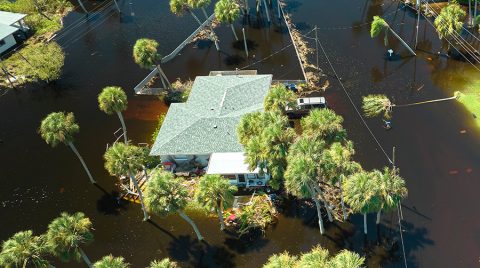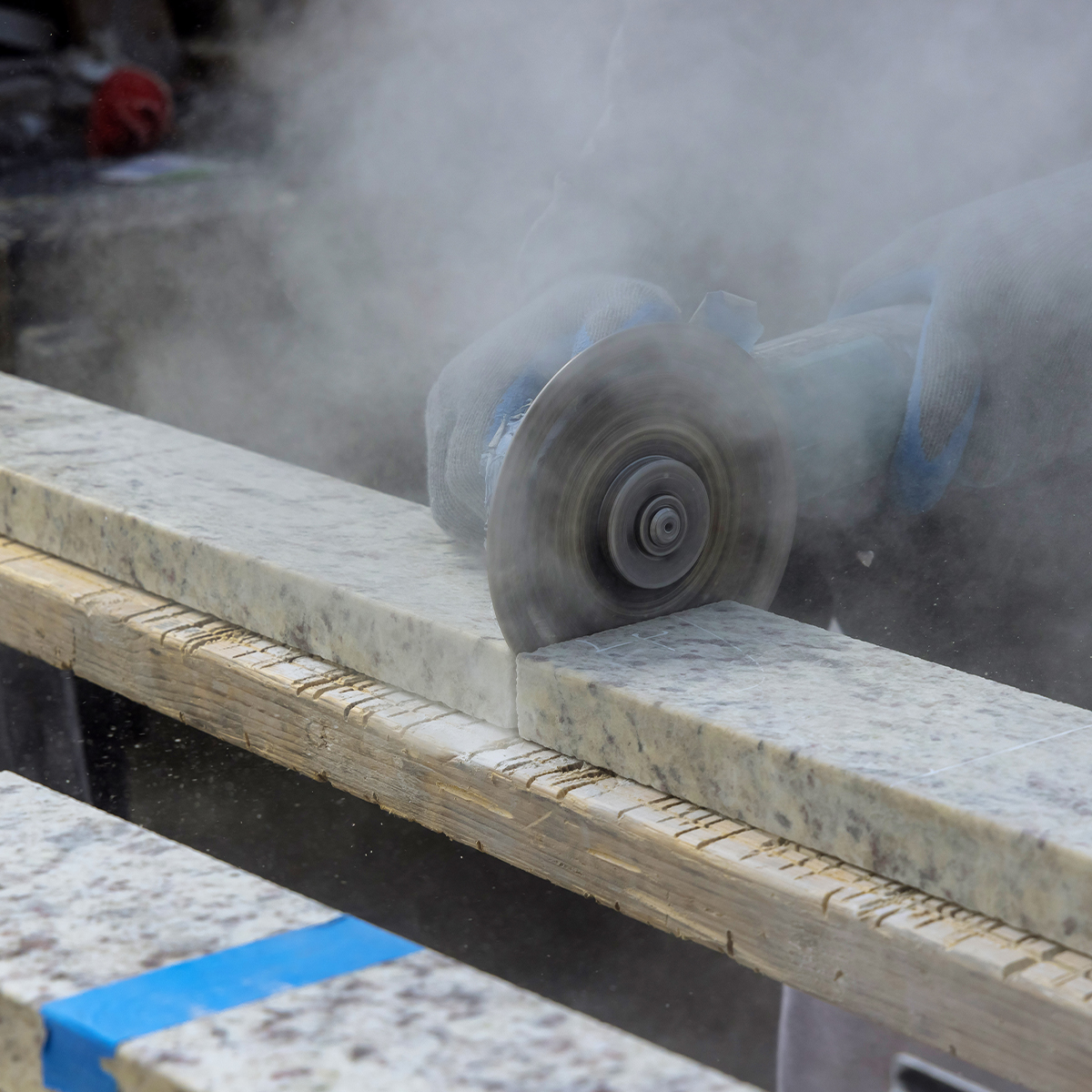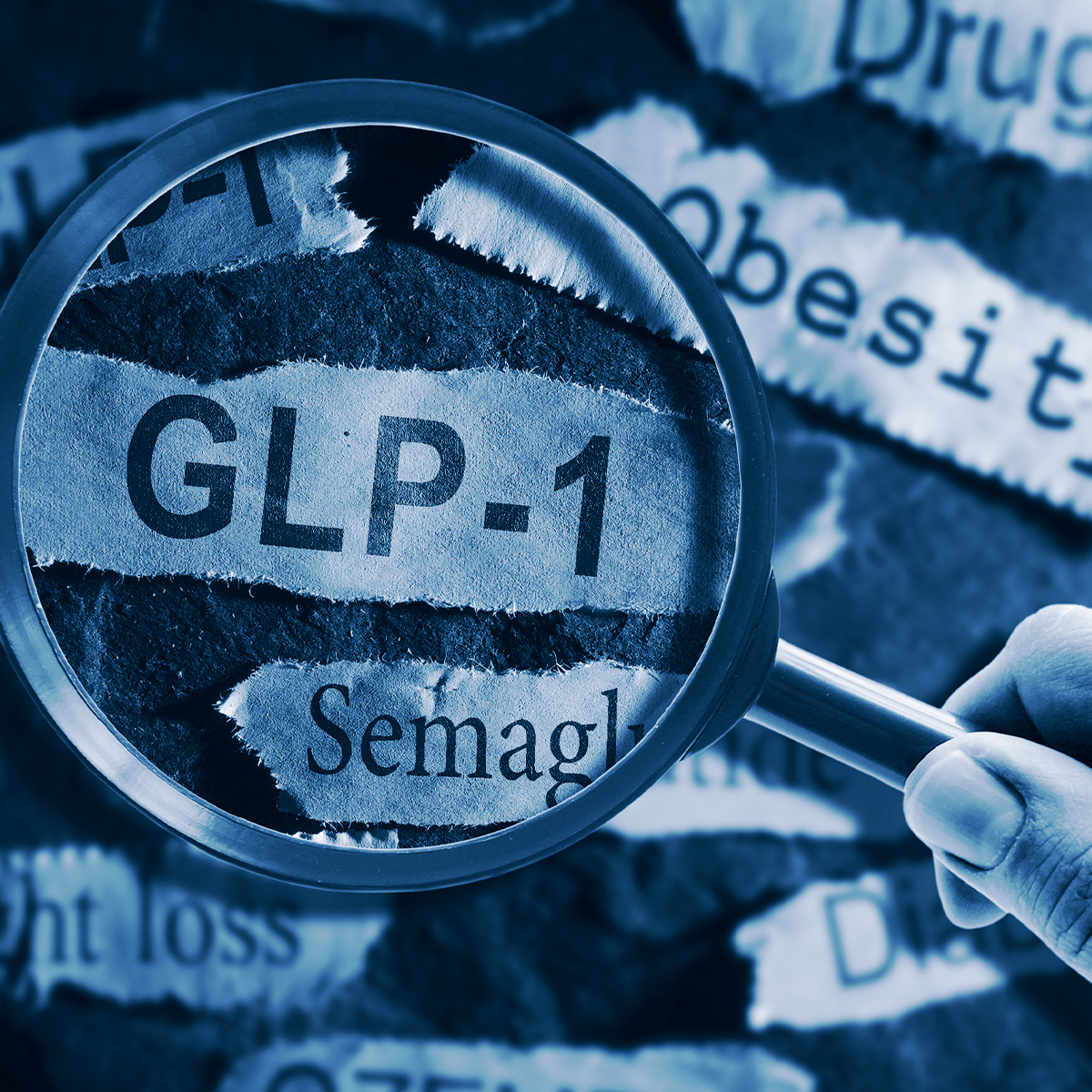-
Property & Casualty
Property & Casualty Overview

Property & Casualty
We offer a full range of reinsurance products and the expertise of our talented reinsurance team.
Expertise
Publication
Florida Property Tort Reforms – Evolving Conditions
Publication
Is Human Trafficking the Next Big Liability Exposure for Insurers?
Publication
When Likes Turn to Lawsuits – Social Media Addiction and the Insurance Fallout
Publication
Generative Artificial Intelligence and Its Implications for Weather and Climate Risk Management in Insurance
Publication
Engineered Stone – A Real Emergence of Silicosis
Publication
Who’s Really Behind That Lawsuit? – Claims Handling Challenges From Third-Party Litigation Funding -
Life & Health
Life & Health Overview

Life & Health
We offer a full range of reinsurance products and the expertise of our talented reinsurance team.

Publication
Understanding Physician Contracts When Underwriting Disability Insurance
Publication
Voice Analytics – Insurance Industry Applications [Webinar]
Publication
GLP-1 Receptor Agonists – From Evolution to Revolution U.S. Industry Events
U.S. Industry Events
Publication
Always On: Understanding New Age Addictions and Their Implications for Disability Insurance
Publication
Dying Gracefully – Legal, Ethical, and Insurance Perspectives on Medical Assistance in Dying -
Knowledge Center
Knowledge Center Overview

Knowledge Center
Our global experts share their insights on insurance industry topics.
Trending Topics -
About Us
About Us OverviewCorporate Information

Meet Gen Re
Gen Re delivers reinsurance solutions to the Life & Health and Property & Casualty insurance industries.
- Careers Careers
Engineered Stone – A Real Emergence of Silicosis

September 08, 2025
Allison Harmony,
Kent Willis
Region: North America
English
Silica is a naturally occurring mineral found in various forms like sand and quartz. It is a common element in the Earth’s crust and is used in many products and applications, such as glass, ceramics, and construction materials. While generally non-toxic, inhaling fine crystalline silica particles in large quantities can be potentially hazardous to health, possibly leading to lung diseases such as silicosis, a deadly and incurable disease.
Silica Exposures
What has been described as “one of the worst industrial tragedies in the history of the United States” involved silica exposure.1 In 1930, construction began on a three-mile tunnel through a mountain in West Virginia, the Hawk’s Nest Tunnel. The construction of the tunnel involved drilling through silica-rich rock using a dry technique, releasing hazardous silica dust into the air. Workers, mostly African American men, labored in confined, poorly ventilated spaces without adequate safety measures or respiratory protection. This led to widespread cases of silicosis. Misdiagnosed as “tunnelitis,” the disease quickly claimed hundreds of lives. Of the approximately 5,000 laborers, about 2,900 worked inside the tunnel, and at least 764 died from silicosis, making it the deadliest industrial disaster related to silicosis in U.S. history. Many more died in the years following due to prolonged exposure.2 A congressional investigation and then a “Stop Silicosis” workplace safety campaign led by Secretary of Labor Frances Perkins followed.3
Despite these efforts, silica exposure continued to be a serious health hazard for workers in the construction industry. An early incarnation of silicosis litigation in the 1990s and early 2000s mostly related to alleged injuries and illnesses associated with sandblasting activities. By 2001, a surge in workers’ claims of lung damage from silica dust raised fears that silica could become the next asbestos. In 2003, over 10,000 claims were consolidated in a Texas court. The case revealed widespread diagnostic fraud, and Judge Janis Graham Jack’s harsh 2005 ruling played a key role in dismantling the litigation.4
Engineered Stone Exposures
Consequently, silicosis claims declined significantly until reemerging recently as the renewed popularity of engineered stone is bringing an increase in claims by the tradespeople who work with these products. Engineered stone is a man-made material composed primarily of crushed natural stone (usually quartz) combined with a polymer resin binder and sometimes pigments. It is designed to look like natural stone but offers more uniformity, greater durability, and a larger selection of colors and patterns. The use of engineered stone has increased over the last decade to become the most used countertop material in the United States.5
Unfortunately, the growing popularity of engineered stone has led to serious health risks for workers. Unlike natural stone (granite = 30% silica, marble <10% silica), engineered stone contains over 90% crystalline silica. Cutting and polishing it releases large amounts of silica dust, along with other harmful substances, putting workers at high risk for severe, fast-progressing silicosis.
Regulations
First reported over a decade ago in Spain and Israel, more than a thousand cases of silicosis among engineered stone workers have now been documented globally.6 Furthermore, in response to hundreds of silicosis cases among engineered stone workers since 2015, Australia implemented stricter regulations, certifications, inspections, and education requirements. Ultimately, a national task force determined that dangerous silica dust exposure continued despite these measures. As a result, Australia became the first country to ban engineered stone, effective July 2024.7
The California Department of Health began recording reported silicosis cases among engineered stone countertop workers in 2019. As of March 6, 2025, they have recorded 336 confirmed cases, 19 deaths, and 41 lung transplants.
California Engineered Stone Silicosis Cases – Year Confirmed
Identified by California Department of Public Health

Many affected workers are young immigrants from Mexico and Central America, often undocumented and lacking proper training and healthcare access.8 Similar clusters are appearing in other states.
Nationwide, underdiagnosis and underreporting are widespread. Despite OSHA regulations, silica overexposure remains common due to poor enforcement and the high cost of safety measures for small businesses. This situation is especially heartbreaking since silicosis is entirely preventable, yet insufficient workplace protections and oversight continue to fuel this growing, deadly epidemic.
Compensation
Compensation for these injuries is being pursued from a variety of sources. Most injured employees would be able to file under their employers’ Workers’ Compensation policy initially, and generally also be able to seek recovery in tort from the “upstream” supply chain. This would include the entire manufactured stone ecosystem, such as designers, manufacturers, suppliers, protective equipment companies, and wholesalers and retailers (e.g., Home Depot, IKEA, Lowes).
Two landmark verdicts have been returned from California courts in 2024 and 2025 against these “upstream” defendants. In August 2024 a California jury returned a verdict of $52.4 million against a number of fabricators in Gustavo Reyes Gonzalez v. Caesarstone which involved a 33‑year-old tradesman with 15 years of exposure who requires a double lung transplant.9 The second case recently settled for more than $26 million in Anonymous v. Caesarstone, U.S.A., et al.10 There is now a class action suit underway, brought by the same law firm as the above cases.11
Although none appear to have been brought yet, there is also the possibility of “take home” suits from family members of workers that bring home dusty clothing, which are handled and washed by other family members (analogous to asbestos “take home” cases). There is also the potential for other third-party claims, such as from injured persons adjacent to a work, manufacturing or cutting site.
Coverage Considerations
Whether there would be insurance coverage for these and future losses under General Liability or other policies is an evolving area. Some insurers have routinely excluded silica from certain policies since the early 2000s, and the Insurance Services Office (ISO) introduced an optional silica or silica-related dust exclusion in March 2025. Policies issued without these exclusions or issued prior to their advent may have an uphill battle disputing coverage.
Pollution exclusions could also preclude coverage in some instances. Questions regarding these issues may ultimately require resolution in the courts, particularly considering the recent upswing in activity and awards.
As the situation continues to develop, the insurance industry will benefit by incorporating this information into its underwriting and coverage form drafting.
- “The Hawk’s Nest Tunnel Disaster: Summersville, WV”, National Park Service, 15 Feb. 2022, https://www.nps.gov/neri/planyourvisit/the-hawks-nest-tunnel-disaster-summersville-wv.htm.
- Ibid.
- Amy Heinzerling, Robert Harrison, Jennifer Flattery et al., “Deadly Countertops: An Urgent Need to Eliminate Silicosis among Engineered Stone Workers”, American Journal of Respiratory and Critical Care Medicine, 2025 Jan 2:211(4):557‑559, doi: 10.1164/rccm.202410‑2008VP.
- Stephen J. Carroll, Llyod Dixon, James M. Anderson et al., “Diagnostic Abuse in Silica Litigation”, RAND, 4 Dec. 2009, https://www.rand.org/pubs/research_briefs/RB9494.html.
- Amy Heinzerling, Robert Harrison, Jennifer Flattery et al., “Deadly Countertops: An Urgent Need to Eliminate Silicosis among Engineered Stone Workers”, American Journal of Respiratory and Critical Care Medicine, 2025 Jan 2:211(4):557‑559, doi: 10.1164/rccm.202410‑2008VP.
- Ibid.
- Ibid.
- Fazio JC, Gandhi SA, Flattery J, Heinzerling A, Kamangar N, Afif N, et al., “Silicosis Among Engineered Stone (Quartz) Countertop Fabrication Workers in California”. JAMA Intern Med. 2023;183:991–998. doi: 10.1001/jamainternmed.2023.3295, https://pubmed.ncbi.nlm.nih.gov/37486642.
- Gustavo Reyes Gonzalez v. Caesarstone USA, Cambria Company LLC, Color Marble, Inc., et al. (L.A. Super. Ct., 2024).
- Anonymous v. Caesarstone USA, Cambria Company LLC, EIDP, Inc., Francini, Inc., et al. (2025).
- Sarah Boldt et al. v. Caesarstone USA Inc. et al., No. 2:2024cv02343 – Document 29 (C.D. Cal. 2024).






